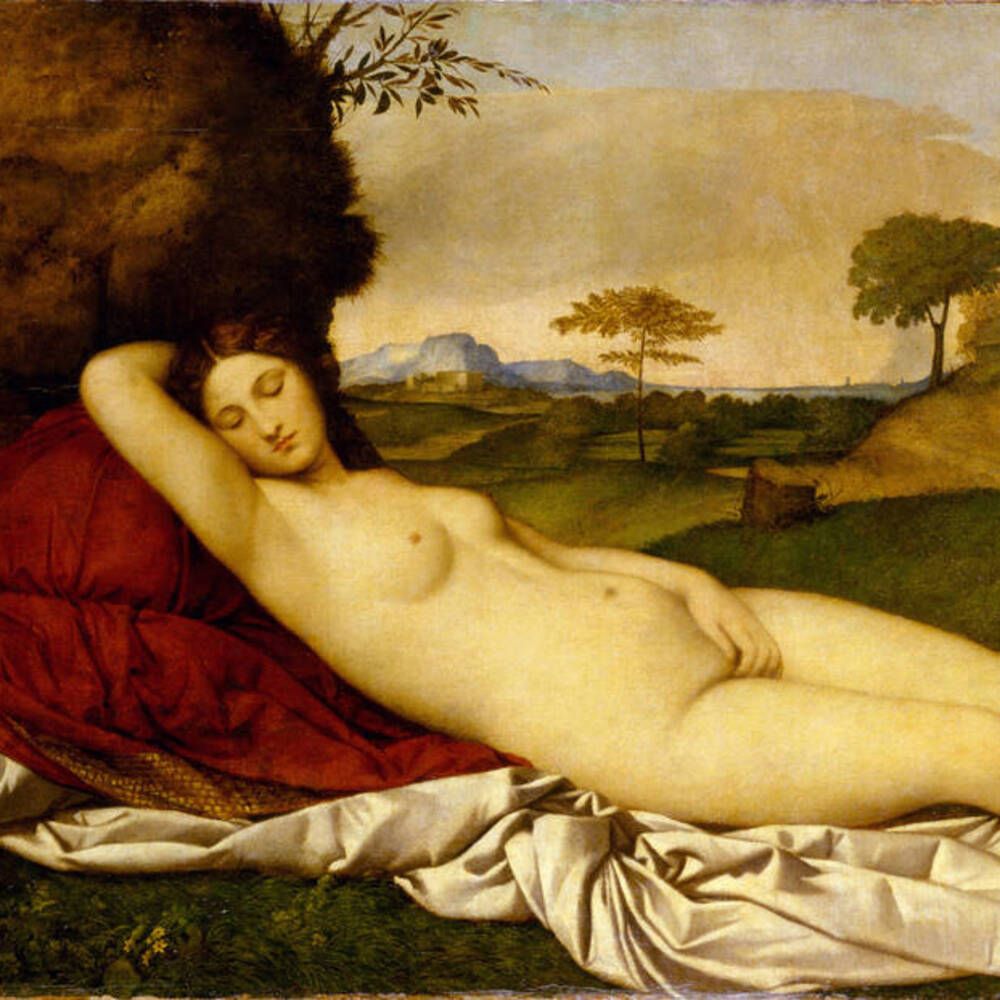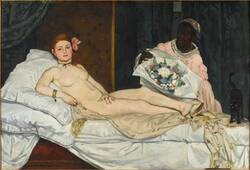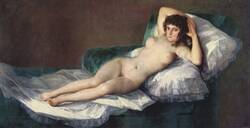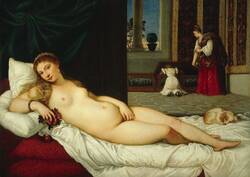This painting is one of the most famous works of the Renaissance. In fact, it has made art history, because it was the first large-scale nude representation of a woman in Italy. In ancient Roman mythology, Venus was the goddess of love and beauty. The calmness of her sleep and the harmony of her body are reflected in the idyllic character of the landscape. Since Giorgione died of the plague in 1510, his collaborator Titian completed the painting, probably above all the drapery and the landscape.
Further Media







Giorgione’s Sleeping Venus was a commissioned work, painted to celebrate the wedding of a Venetian nobleman. The subject of Venus evokes a traditional custom in antiquity. In ancient Rome, the bridesmaids gathered in front of the bride’s chamber to sing songs dedicated to Venus, calling on the goddess to come to the wedding and fan the couple’s love. During the Renaissance period, with its great enthusiasm for antiquity, the Roman songs to Venus were also rediscovered.
Of course, the later idea of romantic love did not exist in the Renaissance. People were rarely able to choose their partners freely; most marriages were arranged by the couple’s parents, and the feelings of the bride and groom hardly mattered. Economics were far more important than personal emotions – so in that sense, at a Renaissance marriage any support from Venus would have been most welcome! And for Giorgione’s patron, one can only hope that in the end the goddess of love did wake up ...
Originally, Venus was not alone in this painting. At her feet, Giorgione included a seated figure of a young boy with a bow and arrow – Venus’s son Cupid, whose arrows have the power to trigger passionate love. In the nineteenth century, the figure of Cupid in Giorgione’s painting was so badly damaged that the Dresden restorers decided to overpaint it. Now, where Cupid once sat is a green meadow – but quite clearly visible as a later change to the painting. Nonetheless, the alteration has been left – and for a good reason. As recent X-ray radiography and infrared images have shown, removing the later layer of paint would not help. Even if Cupid were uncovered, there is nothing left of the figure today but a few patches of colour.
Giorgione’s Sleeping Venus really caught on in the art world. Later, it inspired many great artists to their own versions of reclining female nudes. You can see some examples on your device. One of the first of these reclining female nudes was painted by an artist closely associated with Giorgione and his name has already been mentioned – Titian.
- Location & Dating
- c. 1508/10
- Material & Technique
- Oil on canvas
- Dimenions
- 108,5 x 175 cm
- Museum
- Gemäldegalerie Alte Meister
- Inventory number
- Gal.-Nr. 185